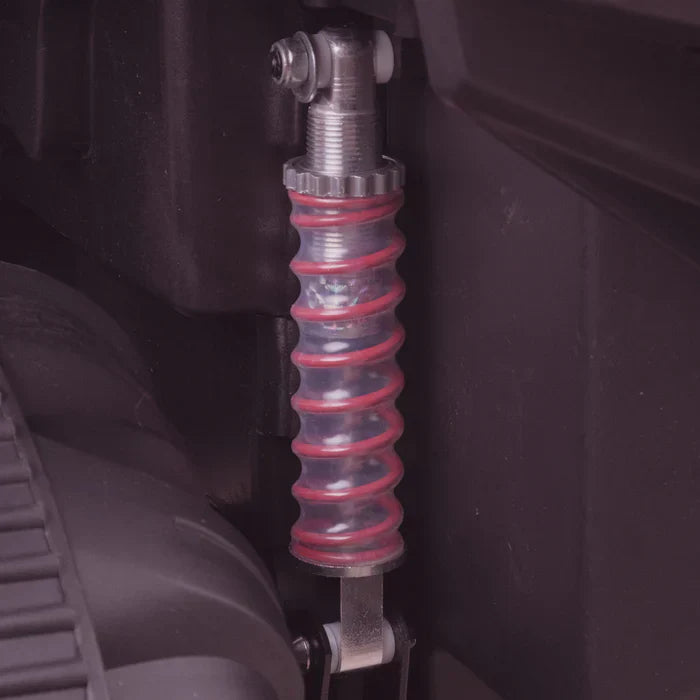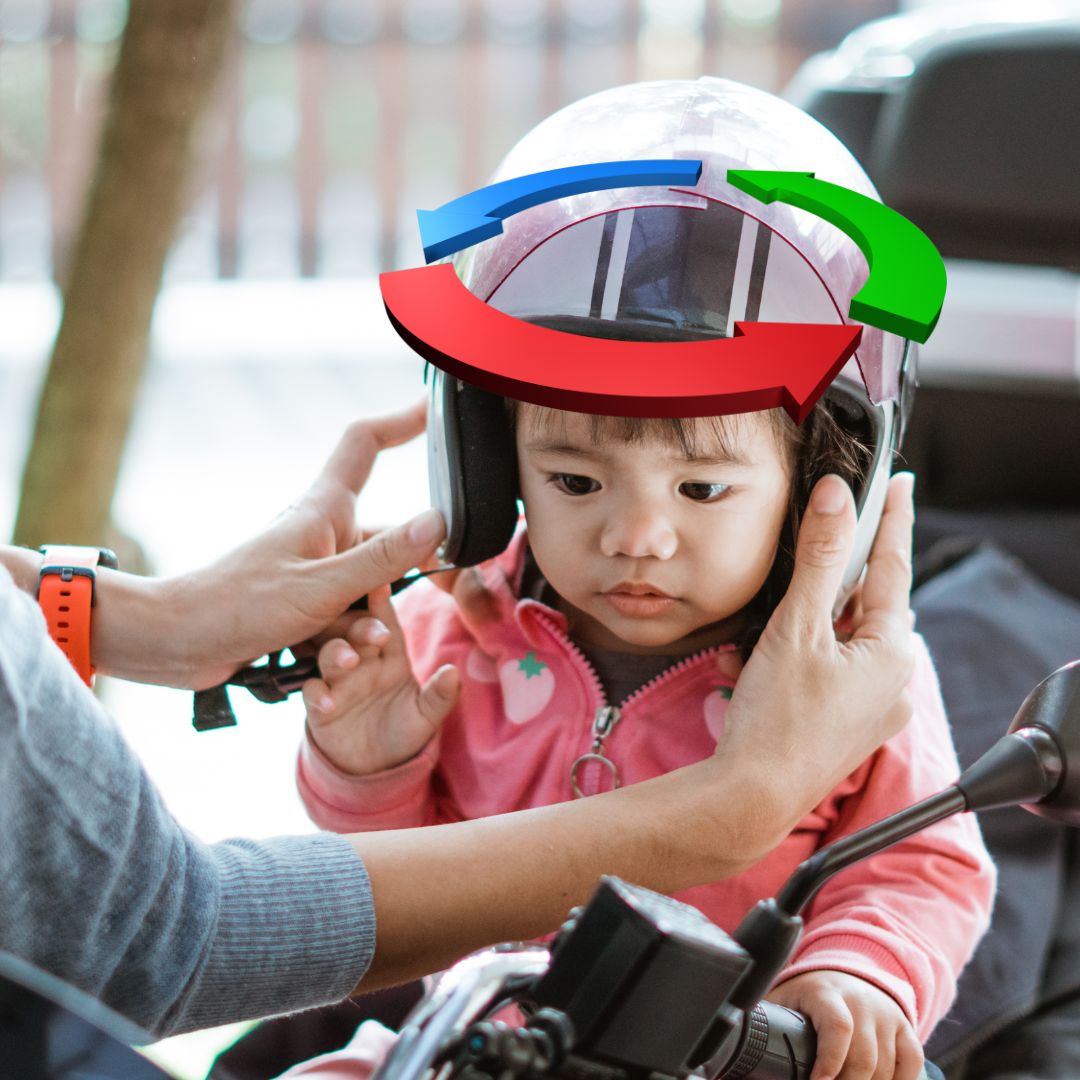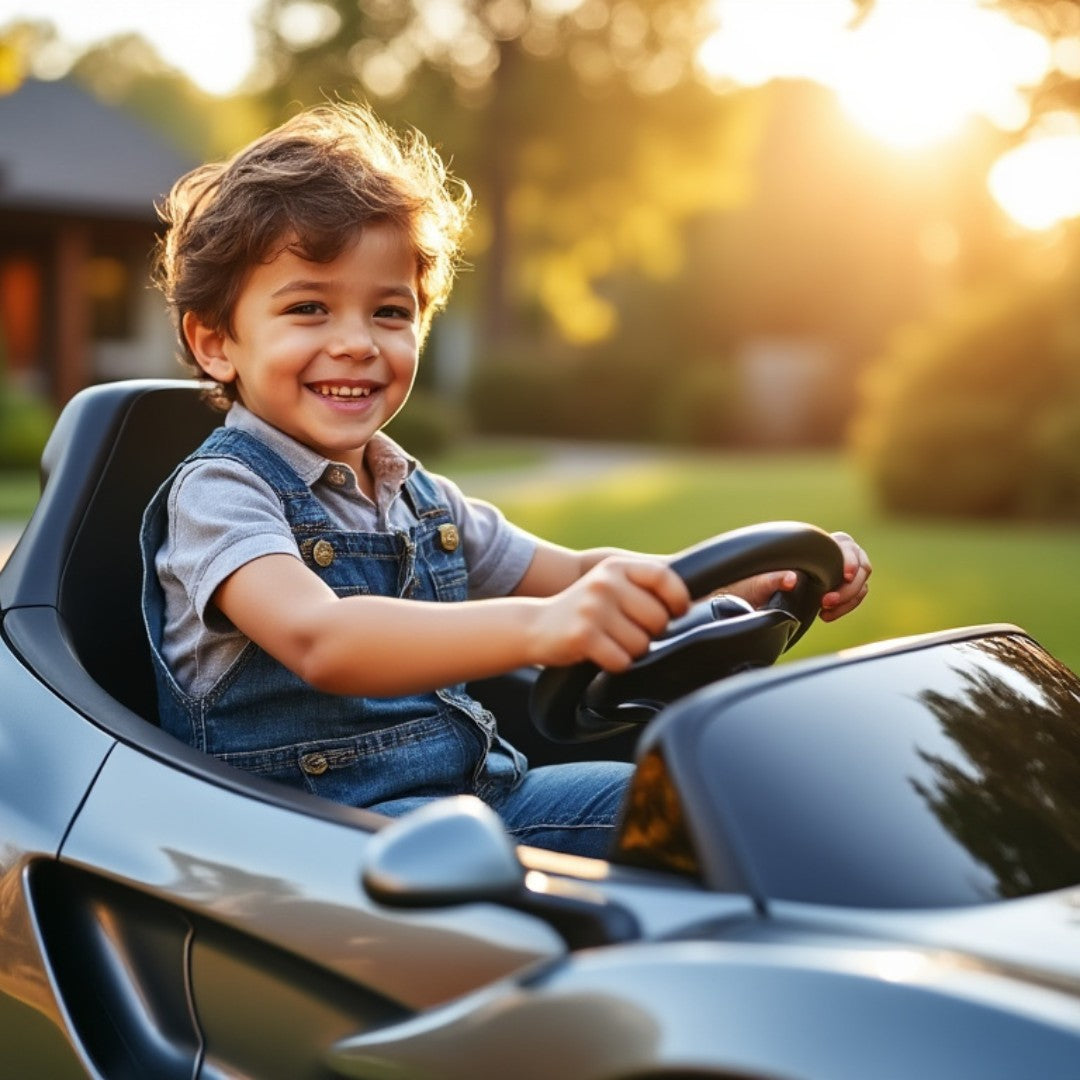
Updated: 25.4.25
Have you ever wondered about the difference between front and rear suspension in kids’ ride-on cars? Or why some toy cars with suspension systems glide smoothly while others bump around at every crack?
The answer lies in the type of suspension system—front-wheel, rear-wheel, or all-wheel—that’s built into the vehicle. These mimic the suspension setups in real cars and affect everything from stability to traction.
Whether you're a curious parent, a ride-on car enthusiast, or someone comparing 4 wheel suspension setups, you're in the right place.
Understanding Suspension Systems
The Basics of Suspension
In any vehicle—whether a full-sized car or a toy car—suspension is the system of springs, shocks, and linkages that absorbs bumps and keeps the ride stable and controlled.
A Brief History
From early spring-loaded models to today’s multi-wheel suspension designs, ride-on car suspension has come a long way. What used to be a novelty is now a standard feature in many high-quality ride-on toys.
1. Front-Wheel Suspension
What's the Deal with Front-Wheel Suspension?
Front-wheel suspension focuses on absorbing impacts through the front wheels. This improves steering control and helps smooth out bumps that hit the front of the car first.
The Nuts and Bolts
Key components include shock absorbers, springs, and control arms—all working to reduce jolts and keep the ride manageable.
Why It's Great
Better handling and reduced front-end vibration make front-wheel drive suspension especially effective on paved paths and smoother surfaces.
2. Rear-Wheel Suspension
The Backbone of Stability
Rear-wheel suspension supports the rear of the car, absorbing impacts when the back wheels hit obstacles. This plays a crucial role in ride stability and weight distribution.
Components Unpacked
Like the front setup, it includes springs and shocks—tuned to handle the toy car’s rear load and ensure smoother handling overall.
Why It Matters
Rear-wheel drive suspension improves traction and keeps the car balanced, especially when kids shift weight while driving.
3. All-Wheel Suspension (4 Wheel Suspension)
The All-Rounder
Also known as 4 wheel suspension, this system equips all wheels with shocks and springs. Impacts on one wheel don’t transfer to the others, ensuring maximum ride comfort.
What Makes It Work
Each wheel has its own suspension assembly—shock absorbers, stabiliser bars, and springs—working together for all-terrain adaptability.
Why It's Ideal
All-wheel suspension is perfect for adventurous kids. Whether it’s grass, gravel, or tarmac, this setup handles it all with minimal bumps and maximum safety.
Comparison: Front vs. Rear vs. All-Wheel Suspension
- Front Suspension: Improves steering, best for smoother paths.
- Rear Suspension: Supports balance and rear weight, enhances traction.
- All-Wheel Suspension: Offers the smoothest ride on any terrain, ideal for outdoor play.
Conclusion
Understanding how ride-on car suspension systems work—whether it's front, rear, or all-wheel—can help you choose the best toy for your child.
It’s not just about looks or speed. A good suspension system ensures comfort, stability, and safety, especially on varied terrain.
So next time you're picking a ride-on car, look under the hood—well, under the wheels!—to see what kind of suspension it has.
Glossary or Appendix
- Suspension: A system connecting the wheels and body to absorb shock and improve ride quality.
- Shock Absorbers: Components that reduce the impact of bumps and vibrations.
- Springs: Coiled metal parts that absorb and release energy during movement.
- Control Arms: Hinged links that allow wheels to move independently while staying aligned.
- Stabiliser Bars: Help reduce body roll during turns and keep the car stable.
Remember: in both real cars and toy cars, what’s underneath matters just as much as what’s on the surface.
Frequently Asked Questions
What is the difference between front and rear suspension?
Front suspension absorbs bumps through the front wheels, aiding steering control. Rear suspension supports stability and helps absorb shocks from the back wheels.
How does 4 wheel suspension work in toy cars?
Each wheel has its own suspension setup, meaning impacts are absorbed independently, offering maximum comfort and terrain adaptability.
Is there a difference between shocks and suspension?
Yes. Suspension refers to the full system (springs, shocks, linkages), while shocks specifically dampen the motion and absorb jolts.
Is a toy car with suspension better for kids?
Definitely. It provides a smoother, safer ride—especially if your child drives on uneven or outdoor surfaces.
Are shocks in the front or back of ride-on cars?
Some cars have front shocks, some rear, and higher-end models offer both or all-wheel suspension systems.





Share:
Here's Why You Should Be Recycling Your Kids Toys
Here's How To Choose The Right Engine Size For Young Riders